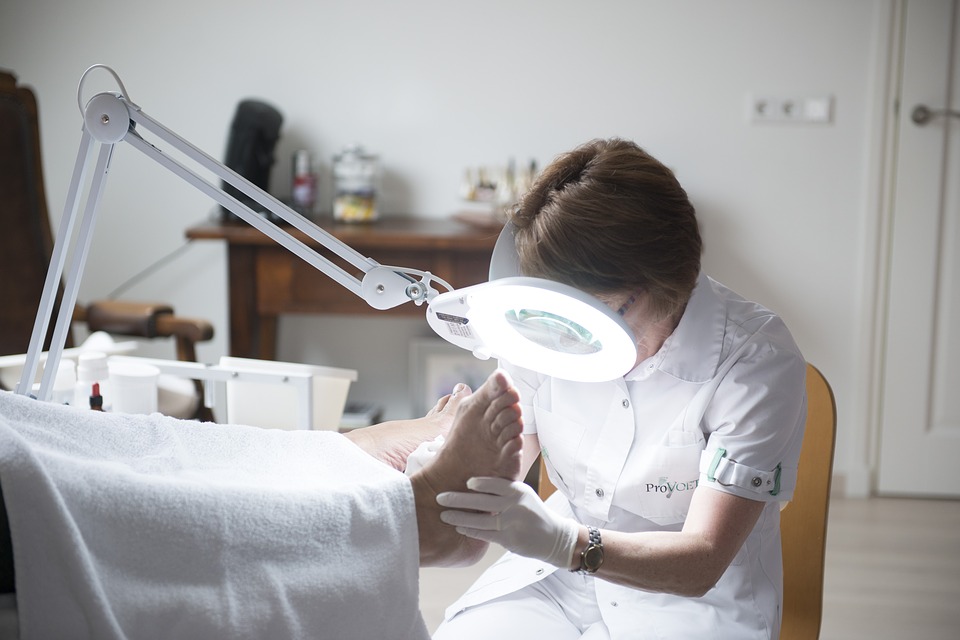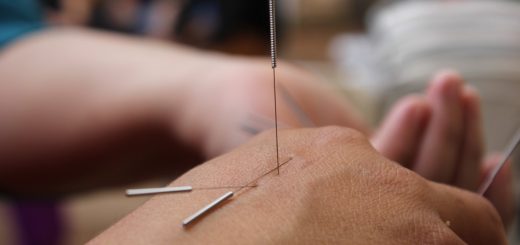How to Treat Foot Deformity
Summary
– Foot deformity: several possible causes
– Different types of foot deformity: flat foot, club foot
– Treatment of foot pathology
The foot plays a crucial role in maintaining balance and walking.
Following an injury, lesions or hereditary causes, the foot can become deformed, more or less disabling.
It may require an operation or the wearing of orthopaedic insoles, for example.
Foot deformity: several possible causes
The foot is essential for standing, and it allows the individual to walk.
It also acts as a shock absorber and propels the foot forward to take each step: when it touches the ground, the organ lengthens by several centimetres.
Sometimes the foot can be deformed anatomically, tissue-wise or articularly.
These can be:
– congenital (present from birth),
– acquired during growth,
– or caused by the outside environment.
Different types of foot deformities: flat foot, clubfoot, etc.
There are several types of foot deformities:
FOOT DEFORMITIES
| TYPES | FEATURES |
|---|---|
| Flat foot | The flat foot has a more or less attenuated curvature of the arch of the foot. In some cases, it is even almost non-existent. This failure is due to a deficiency in the muscles and ligaments of the foot. |
| Clubfoot | Clubfoot is a congenital malformation of the foot, acquired at birth. There are different forms of clubfoot, which have either a genetic or tissue origin or may have neurological origins. |
| Hallux valgus | Hallux valgus or bunion is a deformity of the forefoot, which mostly affects women. It is a pathology that is generally hereditary. |
| Hallux rigidus | Hallux rigidus is a condition that affects mostly males. It is an arthrosing condition that affects the big toe joint. The big toe joint will become rigid, making the toe appear stiff. |
| Claw toe | Claw toes or hallux claws generally affect women over 50 years of age. Their appearance is due to the wearing of shoes that are too tight or have heels. They can also be hereditary or occur as a result of an accident. The hallux griffus will cause a conflict between the toes (one or more toes will remain bent). |
| Quintus varus | Quintus varus is a deformity of the small toe of the foot. It is a hereditary condition or caused by wearing unsuitable shoes (too tight, for example). |
Treatment of a foot pathology: the specialists

The care and treatment of these pathologies will, therefore, be specific, so it is preferable to consult a specialist.
Who to consult: general practitioner or specialist?
Depending on the case, different types of doctors can be consulted:
– the attending physician is a good contact in case of intense foot pain, walking difficulties or limb deformation: he will judge whether it is necessary to refer you to a podiatrist.
– The podiatrist is the specialist in foot pathologies: he can be consulted in the first instance.
Treating foot pathology: the solutions
There are several levels of treatment:
– the basic treatment of lesions consists of the removal of tissue (corns, warts, calluses, etc.).
– Depending on the nature of the disease (flat foot, club foot, etc.), an appliance may be considered: orthopaedic insoles or orthopaedic shoes can be custom-made to correct malformations or deformities of the foot.
– Surgical treatment is scheduled in extreme cases.
To limit and avoid the appearance of lesions, it is essential to ensure good foot hygiene daily.
Caution! Make sure you wear comfortable shoes, as this also helps to prevent the development of deformities or injuries to the feet.
Note: Wearing therapeutic footwear helps prevent relapse after the healing of a diabetic foot ulcer (15 to 25% of people with diabetes will one day be affected), but only slightly more than half of patients still wear them 1 year after their prescription. This translates into a very high risk of relapse (55% compared to 13% in case of compliance with the recommendations and up to 70% within 5 years).



